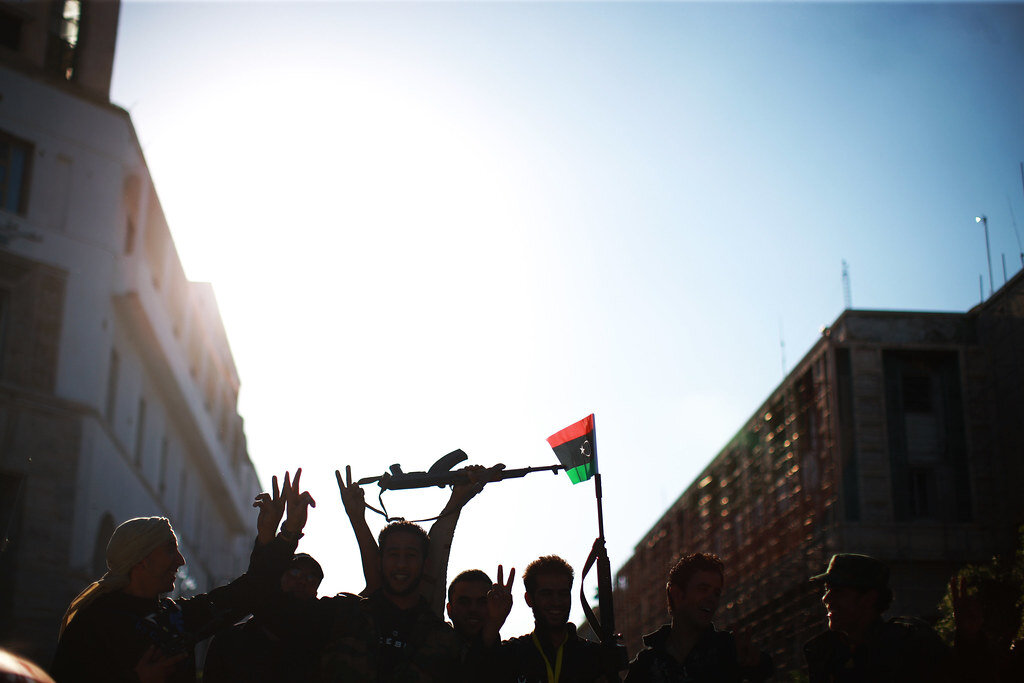
Humanitarian Norms & Compliance
Compliance by State and non-State parties with international humanitarian law and international human rights law is critical to ensuring the human dignity and rights of individuals and communities affected by armed conflict.
The Generating Respect Project explores the compliance-generation capacity and potential of religious leaders.
Humanitarian norms in focus
Humanitarian norms are grounded mainly in international humanitarian law (IHL), the body of law that regulates the conduct of hostilities and, to an extent, in international human rights law (IHRL) as it continues to apply in times of armed conflict.
The Generating Respect Project will examine religious actors’ influence on state and non-state parties respect for three core humanitarian norms:
The protection of civilians from attacks
The protection of detainees
The facilitation of humanitarian assistance.
These norms have been chosen based on the current challenges identified by different humanitarian organisations when engaging with parties to armed conflicts in various contexts.
Challenges to norm compliance
Compliance-generation strategies must be tailored to respond to the manifold challenges that IHL and IHRL face in times of armed conflict.
Systemic challenges include the unwillingness of the parties to acknowledge that a situation of violence amounts to an armed conflict, which therefore triggers the application of IHL (ICRC 2015).
A related problem is the rejection of IHL by non-State armed groups because they were not involved in the international law-making process, perceive it to be ‘biased and privileging states’ and as belonging to the opponent (Geneva Call 2016; Heffes & Kotlik 2014). Whilst important scholarly work clarifies that IHRL binds non-state armed groups (NSAGs), the precise circumstances when this occurs remain disputed (Clapham 2006; Murray 2016; Fortin 2017).
Finally, and despite the proliferation of criminal tribunals and commissions of inquiry, IHL and IHRL rely on relatively weak enforcement mechanisms, which may not sufficiently induce the parties’ compliance.
Institutional challenges stem from the lack of appropriate organisational structures and resources allowing States and non-State actors alike to be aware of, acknowledge, understand, and implement their international obligations (Bangerter 2015).
This challenge is faced particularly in those conflicts occurring in areas where the State has limited control over territory and the rule of law system is very fragile. It is also acute in situations where NSAGs experience fragmentation, thus contributing to conflicts that are ‘more violent, longer lasting and harder to resolve’ (Bakke et al 2015).
Strategies for compliance-generation
Against this challenging background, key humanitarian organisations have traditionally relied on direct humanitarian engagement with the parties to a conflict to generate compliance (Schneckener & Hofmann 2015). This tried and tested approach prioritises the incorporation of humanitarian norms in the parties’ internal rules, training and accountability mechanisms, and excludes – in the main – reliance on underlying values to underpin humanitarian norms (ICRC 2004).
Novel strategies, seeking to complement direct humanitarian engagement, include conceptual studies into the role of emotions and IHL (Buis 2020) or the exploration of the potentialities offered by civilian self-protection in armed conflict (Center for Civilians in Conflict; Fortin 2020).
The Generating Respect Project subscribes methodologically to these novel approaches of reflection and reflexivity, seeking to provide a solid evidence base for the role of religious leaders in humanitarian norms compliance-generation and to open avenues for future research into similar roles played by other potentially influential societal actors (e.g. traditional leaders, healers, trade unions, women's groups).



